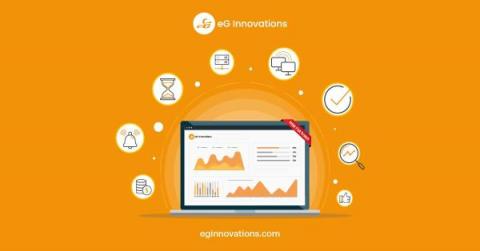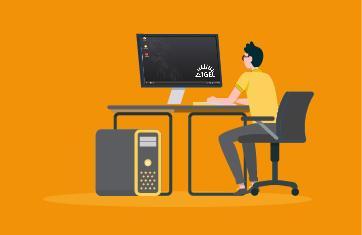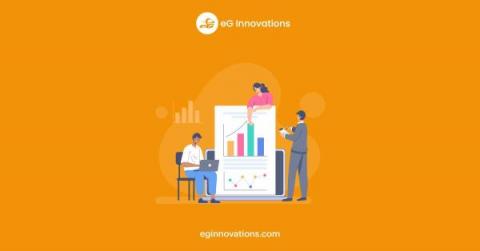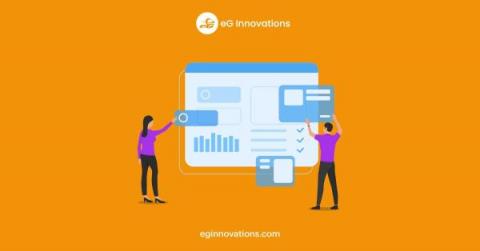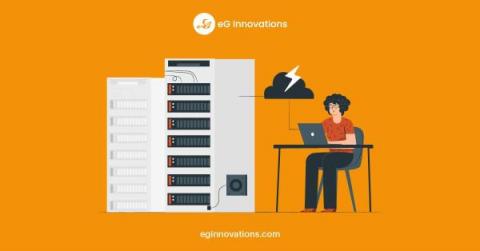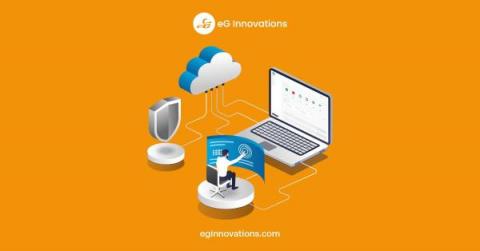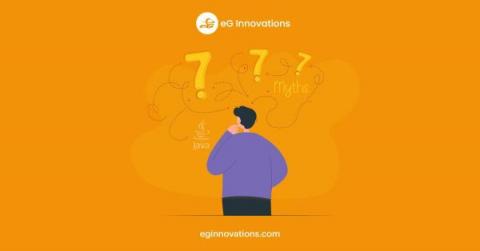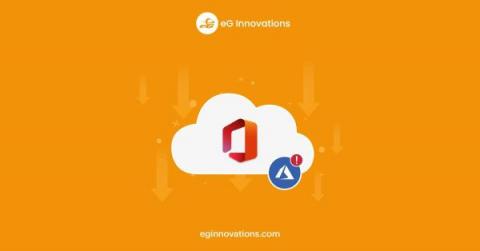Enhanced GPU Monitoring with eG Enterprise v7.2
I’m delighted to be able to share that the v7.2 release of eG Enterprise has added a number of significant enhancements to extend or support for GPUs in the datacenter and cloud. New GPU Monitoring Capabilities in eG Enterprise v7.2 include.


